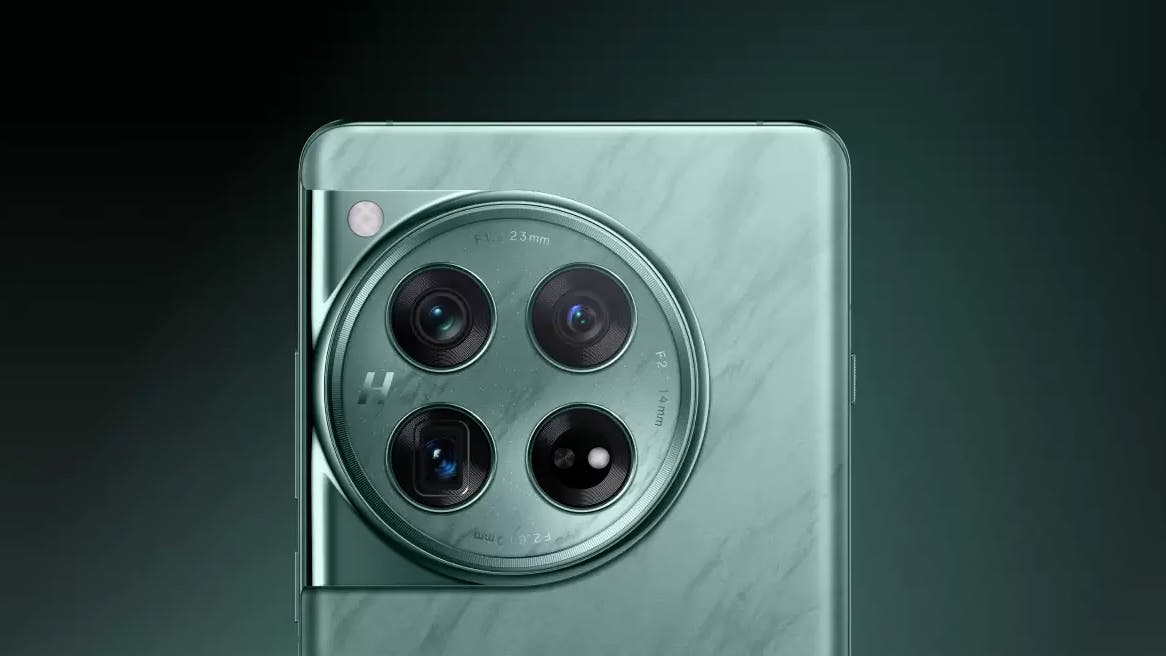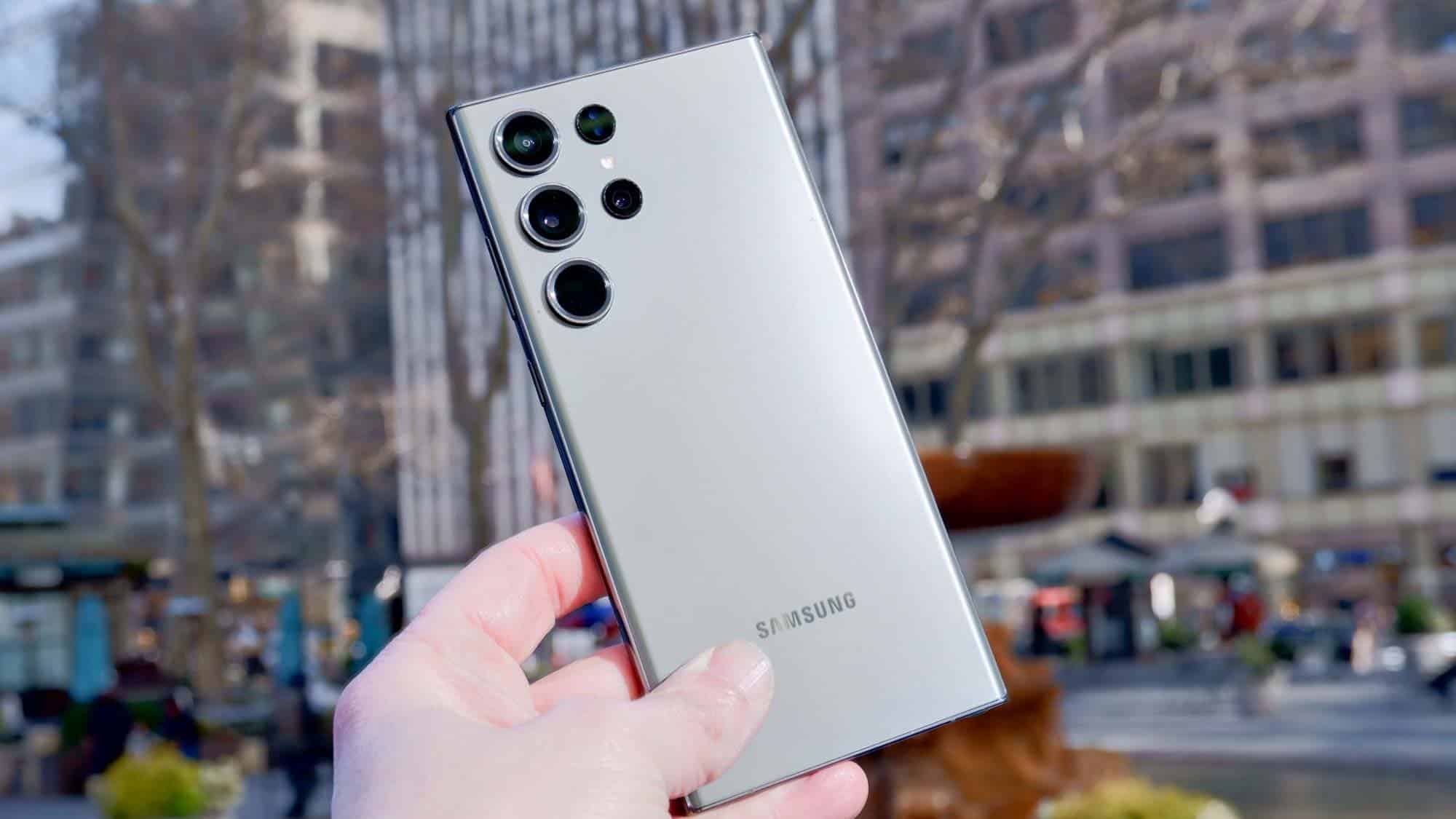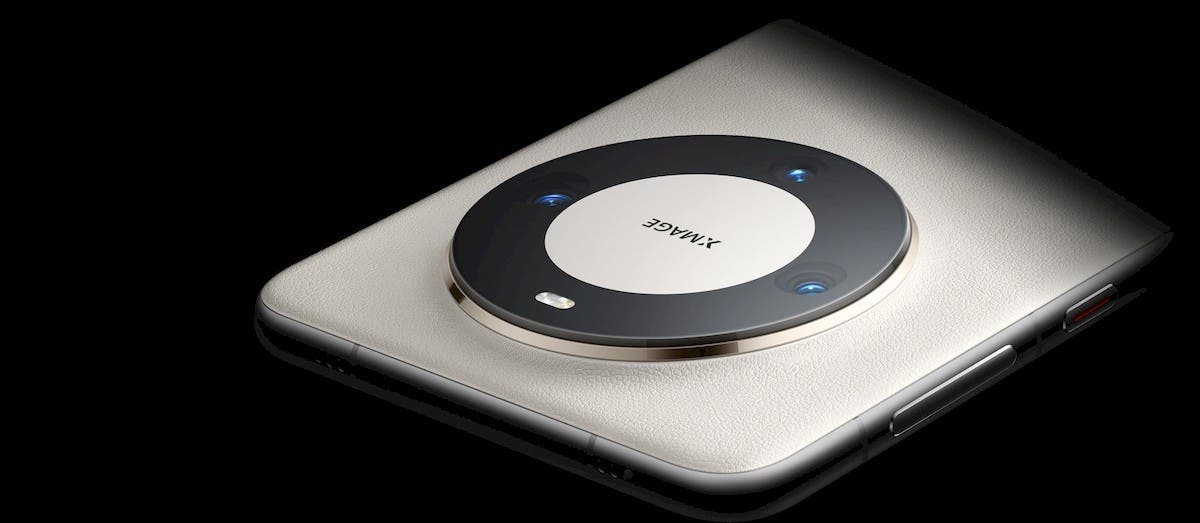The smartphone has become an indispensable tool in our lives, and its camera capabilities have evolved at a breakneck pace. Gone are the days of grainy, low-resolution photos. Today’s smartphones boast impressive camera hardware, but the true magic lies in the software – specifically, the integration of Artificial Intelligence (AI).
The Rise of the AI Camera: How Artificial Intelligence is Revolutionizing Smartphone Photography

This article delves into the transformative role of AI in smartphone cameras. We’ll explore how AI algorithms are enhancing image processing, optimizing settings, and democratizing photography for users of all skill levels. We’ll also analyze the impact on specific aspects of smartphone photography and the exciting possibilities it holds for the future.
Understanding AI in Smartphone Cameras
AI, in the context of smartphone cameras, refers to the use of machine learning algorithms trained on massive datasets of images. These algorithms analyze real-time data captured by the camera sensor and apply intelligent adjustments to various aspects of image processing. This can include:
- Scene Detection: AI identifies the scene being captured (portrait, landscape, food, etc.) and adjusts camera settings accordingly.
- Object Recognition: AI recognizes objects within the frame (people, animals, buildings) and optimizes settings for specific details.
- Noise Reduction: AI algorithms analyze the image for noise caused by low light conditions and apply effective noise reduction techniques.
- HDR (High Dynamic Range) Processing: AI can combine multiple exposures to create images with a wider dynamic range, capturing details in both highlights and shadows.
- Color Correction: AI adjusts color balance and saturation for a more natural or artistic look based on the scene.
The Benefits of AI-powered Photography
The integration of AI in smartphone cameras offers numerous benefits for users:
- Enhanced Image Quality: AI algorithms can significantly improve image quality, especially in challenging lighting conditions. Noise reduction techniques produce cleaner images, and HDR processing helps capture details in both bright and dark areas.
- Effortless Photography: AI automates many complex photography tasks. Users no longer need to be photography experts to capture stunning images. Scene detection and object recognition ensure optimal settings are applied automatically.
- Creative Freedom: AI opens doors to creative exploration. Some smartphones offer AI-powered filters and effects that can be applied in real-time or during post-processing. This allows users to experiment with different styles and looks without needing dedicated photo editing software.
- Improved Low-Light Performance: Smartphone cameras have limitations in low-light conditions. However, AI can significantly improve low-light photography by using techniques like multi-frame processing and noise reduction. This allows users to capture clear photos even in dimly lit environments.
- Accessibility and Democratization: AI makes professional-looking photos achievable for everyone. Users don’t need to understand complex camera settings or manual controls. AI takes care of the technical aspects, allowing anyone to capture high-quality images.
Exploring the Impact on Specific Photography Areas
Let’s delve deeper into how AI is impacting specific aspects of smartphone photography:
- Portrait Mode: AI-powered portrait mode intelligently detects faces and blurs the background, creating a professional bokeh effect. It can also optimize skin tones and facial features for a more flattering look.
- Night Photography: Capturing clear photos at night has traditionally been a challenge for smartphones. AI algorithms can analyze low-light scenes, combine multiple exposures, and enhance details for brighter, clearer night-time photos.
- Action Photography: AI is becoming adept at capturing fast-moving subjects. Algorithms can predict movement and adjust focus and exposure accordingly, resulting in sharper action shots with reduced blur.
The Future of AI-powered Smartphone Photography
The future of AI in smartphone cameras is brimming with exciting possibilities:
- Personalized Photography: AI could personalize camera settings based on user preferences and shooting habits. Imagine AI suggesting different filters or effects based on the scene or recommending post-processing adjustments tailored to your style.
- Real-time Image Analysis and Feedback: AI could offer real-time feedback on your composition, lighting, and focus. Imagine on-screen prompts suggesting subtle adjustments to frame your subject better or achieve a more balanced exposure.
- Object and Scene Recognition with Advanced Applications: AI’s ability to recognize objects and scenes could lead to innovative features. Imagine automatically tagging photos with relevant information or suggesting points of interest based on what you’re capturing.
- Augmented Reality (AR) Integration: The future of smartphone photography might be intertwined with AR. AI could enable real-time placement of virtual objects within the frame, creating interactive and immersive photo experiences.
- Enhanced Video Capabilities: The impact of AI isn’t limited to photos. AI algorithms can enhance video recording by stabilizing footage, optimizing focus during movement, and automatically adjusting settings for different video environments.
Challenges and Considerations
While AI offers tremendous potential, some challenges need to be addressed to fully unlock its capabilities in smartphone cameras:
- Processing Power: Running complex AI algorithms requires significant processing power. This can be a strain on smartphone batteries and might limit the real-time performance of AI features on lower-end devices. As chipsets become more powerful and energy-efficient, AI features will become smoother and more accessible across different smartphone tiers.
- Data Privacy Concerns: AI algorithms require vast amounts of training data, which often includes user-generated images. Manufacturers need to ensure robust data privacy practices are in place to protect user data used for training AI models. Transparency regarding data collection and usage is crucial to maintain user trust.
- Algorithmic Bias: AI algorithms are only as good as the data they are trained on. If training data is biased, it can lead to biases in the resulting AI-powered features. Smartphone camera manufacturers need to ensure diverse datasets are used for training to avoid biases in scene detection, object recognition, and other AI-powered functionalities.
- User Control and Customization: While AI automation simplifies photography, some users might prefer more control over their photos. Offering options to adjust AI settings or toggle certain features on and off allows users to strike a balance between automation and creative control.

The Road Ahead: A Collaborative Effort
The future of AI-powered smartphone cameras will be shaped by a collaborative effort between various stakeholders:
- Smartphone Manufacturers: Investing in powerful processors and efficient AI integration is crucial. Additionally, focusing on responsible data practices and user privacy is paramount.
- AI Developers: Developing innovative AI algorithms that are efficient, unbiased, and cater to diverse user needs is essential.
- App Developers: Creating AI-powered photo editing apps that leverage smartphone processing power and offer users creative freedom will further enhance the photography experience.
- Users: Providing feedback on AI features and functionalities helps manufacturers and developers refine their offerings and cater to user preferences.
Beyond the Smartphone: AI’s Expanding Role in Mobile Photography
The impact of AI extends beyond the smartphone itself. Here’s a look at how AI is influencing the mobile photography ecosystem:
- Cloud-based Image Processing: With AI-powered cloud processing, users can upload raw or partially processed photos to the cloud for enhanced editing and optimization. AI algorithms can handle complex tasks like noise reduction, HDR processing, and even object removal, all on powerful cloud servers, freeing up the smartphone’s processing power.
- AI-powered Photo Editing Apps: Third-party photo editing apps are embracing AI for a more streamlined and user-friendly experience. Features like AI-powered object selection for selective editing, automatic background replacement, and genre-specific filters powered by AI are becoming increasingly popular.
- Smart Accessories and AI Integration: Camera accessories like tripods and gimbals are incorporating AI for smarter functionality. Imagine tripods that automatically adjust to frame your subject or gimbals that utilize AI for superior stabilization and smooth motion tracking.
Ethical Considerations and the Responsible Use of AI
While AI offers numerous benefits, it’s crucial to consider the ethical implications of its use in smartphone photography. Here are some key points to ponder:
- Manipulation and Misinformation: AI’s ability to edit photos realistically raises concerns about the potential for manipulation and the spread of misinformation. Educating users on identifying AI-edited photos and promoting responsible editing practices is essential.
- Privacy Concerns with Facial Recognition: Advanced AI for object and scene recognition, including facial recognition, can raise privacy concerns. Transparency regarding data collection and usage, as well as user control over facial recognition features, is crucial to maintain user trust.
- Algorithmic Bias in Editing Tools: Similar to AI in smartphone cameras, AI-powered editing tools can perpetuate biases if trained on non-diverse datasets. Promoting inclusivity and ensuring diverse representation in training data is essential for ethical AI development.
Tips and Tricks to Maximize Your AI-powered Smartphone Photography Experience
The world of AI-powered smartphone photography is constantly evolving, but here are some tips and tricks to help you leverage its potential and capture stunning images:
Understanding Your Smartphone’s AI Features:
- Dive into Your Camera Settings: Most smartphones offer dedicated AI camera modes or settings. Familiarize yourself with the available options, such as Scene Detection, Portrait Mode, or Night Mode. Experiment with these modes to understand their strengths and limitations.
- Consult Your User Manual: Refer to your smartphone’s user manual or manufacturer’s website for detailed explanations of AI features and how to best utilize them.
Optimizing Your AI Photography Workflow:
- Utilize Scene Detection: Let AI be your guide! When unsure about the best settings, rely on AI scene detection. It automatically adjusts camera parameters for portraits, landscapes, food photography, and more.
- Embrace Portrait Mode: AI-powered portrait mode creates professional-looking photos with blurred backgrounds. Experiment with different portrait lighting effects for a touch of artistic flair.
- Don’t Fear Night Mode: Don’t let low-light conditions deter you. AI-powered night mode significantly improves image quality in dimly lit environments. However, remember that night mode might require holding your phone steady for a few seconds to capture a clear image.
- Explore Third-party AI Editing Apps: Many photo editing apps leverage AI for powerful and user-friendly editing. Explore options like AI-powered background replacement, object selection for selective editing, or genre-specific AI filters to enhance your photos further.
Taking Creative Control Alongside AI:
- Don’t Be Afraid to Override AI: While AI automates many tasks, you can still exert creative control. Some smartphones allow adjusting settings within AI modes, like exposure compensation or white balance.
- Learn Basic Composition Techniques: A fundamental understanding of composition rules can significantly enhance your photos, even with AI assistance. Learn the rule of thirds, leading lines, and negative space to frame your subjects more effectively.
- Experiment with Manual Mode (Optional): If you’re comfortable with more control, explore your smartphone’s manual mode (if available). While AI simplifies photography, manual mode allows you to fine-tune settings for a truly personalized touch.

Additional Considerations:
- Keep Your Smartphone Updated: Regular software updates often include improvements to AI features and camera performance. Ensure your smartphone is running the latest available software.
- Invest in a Quality Case: Accidental drops can damage your smartphone camera. Invest in a sturdy case to protect your valuable photography tool.
- Join Online Photography Communities: Connect with other smartphone photography enthusiasts. Share your work, learn from others, and discover new tips and tricks to elevate your mobile photography skills.
By following these tips and staying informed about the latest advancements in AI for smartphone cameras, you can unleash your creativity and capture captivating images that go beyond point-and-shoot simplicity. Remember, AI is a powerful tool, but the human touch remains essential for capturing the essence of a scene and telling a story through your photos. So, embrace the power of AI, experiment, and have fun exploring the ever-evolving world of mobile photography!
Conclusion: A New Era of Creativity and Exploration
The integration of AI in smartphone cameras marks a paradigm shift in mobile photography. It empowers users of all skill levels to capture stunning images, pushing the boundaries of what’s possible with a smartphone. As AI technology continues to evolve, we can expect even more innovative features and functionalities, blurring the lines between smartphone and professional photography.
The future of smartphone photography is intelligent, personalized, and brimming with possibilities. With responsible development, collaboration, and user feedback, AI has the potential to democratize photography further, making it an accessible and enriching experience for everyone.





